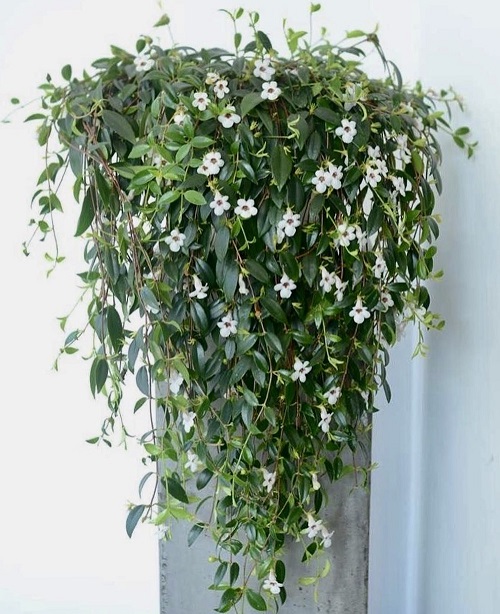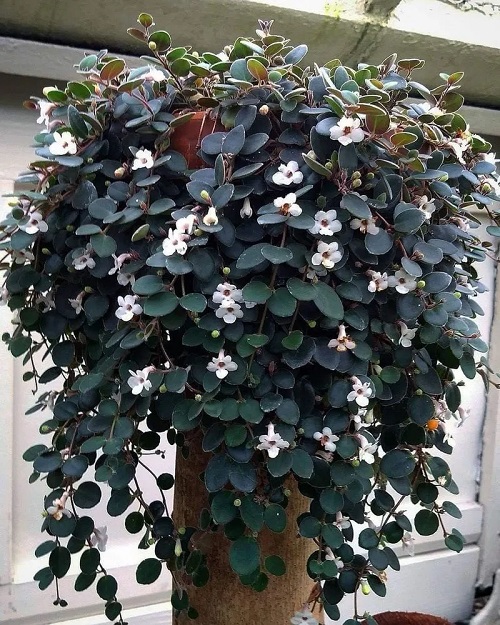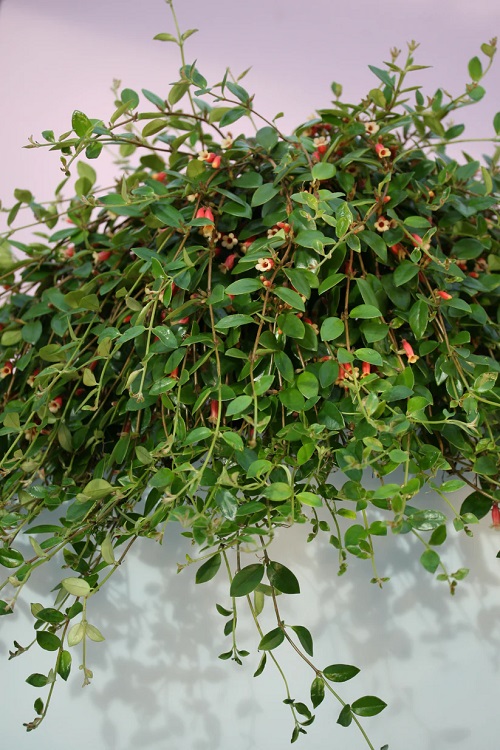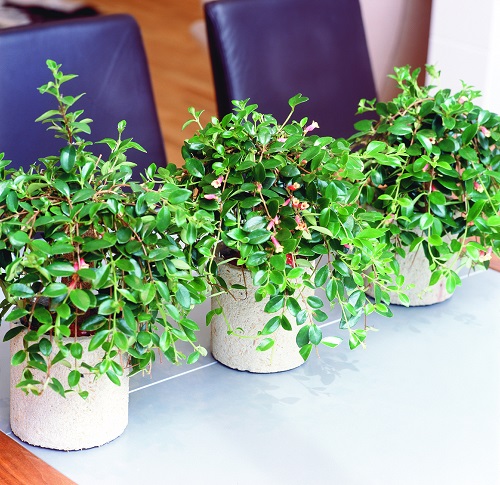These Codonanthe Varieties are great for anyone looking for trailing specimens with beautiful flowers! We also have tips on Codonanthe Care!
Discover the fascinating world of Codonanthe, a gem among houseplants that captivates with its delicate blooms and attractive foliage. If you’re seeking a plant that adds both elegance and intrigue to your indoor garden, you’ll be thrilled to explore the various Codonanthe Varieties that offer a captivating blend of beauty and easy care.
Ultimate ZZ Plant Types | Best ZZ Varieties To Grow
Codonanthe Genus
The Codonanthe genus is a part of the Gesneriaceae family, known for its tropical and subtropical flowering plants. This genus is native to South and Central America and has gained recognition for its ornamental value.
The Codonanthe plants are often grown as houseplants and offer an array of beautiful flowers and foliage.
Best Codonanthe Varieties
1. Codonanthe carnosa

These Codonanthe Varieties stand out for their thick and fleshy, succulent-like leaves. It blooms white flowers with yellow throats, which contrast elegantly with the lush green foliage.
Types of Radishes For Containers | Best Radish Varieties
2. Codonanthe crassifolia
With its attractive, glossy green foliage, Codonanthe crassifolia is a true eye-catcher. The foliage is complemented by striking white, bell-shaped flowers that create a pleasing display.
3. Codonanthe devosiana
These Codonanthe Varieties offer delicate white flowers adorned with fine purple markings. The trailing growth habit of the plant makes it great for a variety of indoor settings.
4. Codonanthe gracilis

Characterized by its slender stems and delicate, heart-shaped leaves, Codonanthe gracilis offers a refined appearance. Its small, white tubular flowers add a touch of elegance to this graceful plant.
Best Types of Pink Sunflower Varieties
5. Codonatanthus tambourine
With its dainty, trumpet-shaped flowers that usually display a fusion of pale pink or white hues, this plant is sure to become the talking point of any indoor garden setting.
6. Codonatanthus ‘Sunset’
These plant boasts blossoms in vivid shades of orange, red, and coral, reminiscent of a beautiful sunset. The flowers are small but abundant, contributing to a fuller, more lavish appearance.
7. Codonanta ‘Paula’
These Codonanthe Varieties are a perfect choice for hanging baskets, or mixed container arrangements, where they stand out with their glossy foliage and white-pink clusters of flowers!
Read our Article on Giant Sunflower Varieties here
Codonanthe Care
Codonanthe plants are known for their ornamental value, but keeping them in optimal health requires attention to various care factors. Here are the best practices for maintaining Codonanthe Varieties:
1. Sunlight
- Amount: Aim for bright, indirect light.
- Location: An east or west-facing window covered with a sheer curtain can offer the ideal lighting condition.
2. Soil
- Type: Use a well-draining, organic-rich potting mix.
- pH Level: Slightly acidic to neutral pH (6.0-7.0) is ideal.
3. Watering
- Frequency: Keep the soil consistently moist but not waterlogged.
- Method: Use a watering can with a narrow spout to direct water to the root zone and avoid splashing the leaves.
Different Types of Lipstick Plant Varieties
4. Temperature
- Optimal Range: Maintain a temperature between 65°F and 75°F.
- Avoid: Sudden temperature changes and drafts, which can stress the plant.
5. Fertilization
Best Practices
- Type: Use a balanced liquid fertilizer, such as a 20-20-20 or 10-10-10 formula.Doliute it to 1/2 of its recommended strength.
- Frequency: Fertilize every 4-6 weeks during the growing season.






